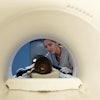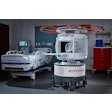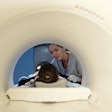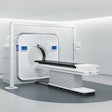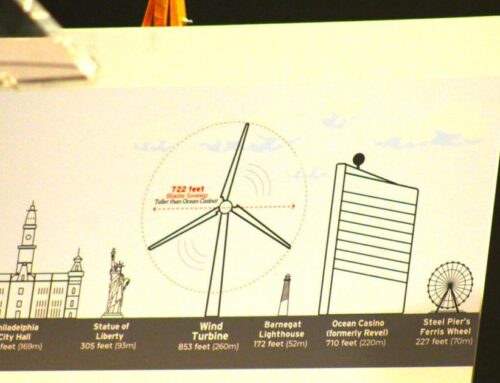Use of solar energy could cut MRI, CT carbon emissions by 70% and 40%
October 6, 2025
Using solar photovoltaic energy could reduce carbon emissions from MRI and CT scanners by 70% and 40%, according to a study published October 4 in the Journal of the American College of Radiology.
A team led by Diana Carver, PhD, of Vanderbilt University in Nashville, TN, noted that “renewable energy sources, such as solar photovoltaics, offer the greatest potential for mitigating the environmental footprint [of MRI and CT scanners].”
Medical imaging is one of the highest energy users in healthcare, the group wrote. But “sustainability efforts are still lacking,” it explained, noting that energy consumption “directly increases greenhouse gases, driving climate change, and affecting public health by increasing the frequency and magnitude of hurricanes, floods, heat waves, and wildfires.”
The authors sought to evaluate the environmental impact of MR and CT imaging via a life cycle assessment that focused on energy use, resource consumption, and emissions over the course of a year. The study included three MRI and four CT scanners in use at an 800-bed academic medical center. Carver and colleagues collected data via direct observation, record review, staff interviews, and energy metering, and then assessed environmental impacts using SimaPro 9.3.0.2 software and the Ecoinvent v3.8 database.
Overall, the group reported that annual MR and CT imaging at the medical center generated an estimated 221 and 108 tons of CO2 equivalent (CO2e), respectively — which translates to the emissions of 52 cars (MRI) and 25 cars (CT).
The investigators also outlined the following causes of CO2 emissions:
|
Cause of CO2 emissions |
||||
|
Modality |
Energy consumption |
Disposable supplies |
Equipment production |
Linen |
| MRI |
58% |
26% |
7% |
4% |
| CT |
33% |
16% |
13% |
11% |
Using solar photovoltaic electricity could reduce MRI emissions by 70% and CT emissions by 40% — and would thus boost the relative reduction in emissions of scanner production, disposable supplies, and linens, Carver’s group explained. It also listed other carbon emission reduction strategies such as “optimizing scanner utilization, adopting reusable or reprocessable supplies, and embracing circular business practices such as circular manufacturing and extending the lifespan of capital equipment.”
But don’t forget a basic tactic — avoiding unnecessary imaging, the researchers urged.
“[Any] approach that avoids unnecessary imaging is equally good for patients and the environment,” they concluded.
The complete study can be found here.
Latest in MRI
Tellica Imaging continues expansion path
October 3, 2025
More in MRI
Page 1 of 628
Search
RECENT PRESS RELEASES
Related Post


.fFmgij6Hin.png?auto=compress%2Cformat&fit=crop&h=100&q=70&w=100)
